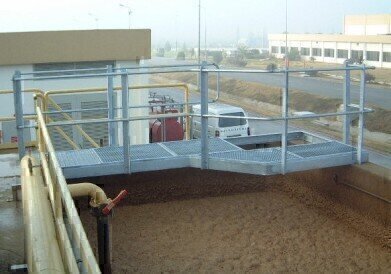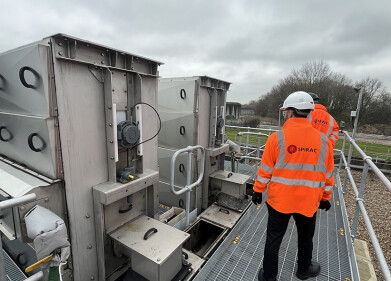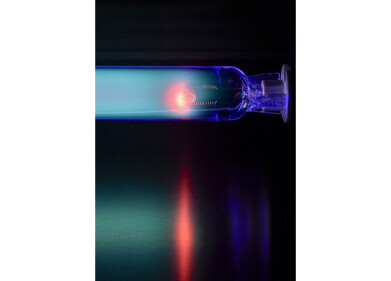Water/Wastewater
Bioreactor System Helps Brewery Treat Effluent
May 06 2010
ACWA Services’ innovative Memtreat® submerged membrane bioreactor system is being successfully used to treat challenging effluent in the UK’s breweries to a standard similar to potable water. Leading process technology solutions provider ACWA is installing its Memtreat® system throughout the UK to enable its brewery clients to deal economically with their effluent and cope with increasing production volumes.
In many instances the vital production processes themselves need to expand to cope with enlarged throughput. Frequently space is at a premium so the small-footprint Memtreat® system is seen as an ideal solution. The highly cost-effective process also ensures that breweries continue to meet their increasingly-stringent trade effluent discharge consents on an ongoing basis.
All breweries have highly-variable waste flows and loads, which depend on the current brewing process and cleaning regime. To ensure the optimum system configuration, data can be collected over a period of time and the resulting figures used as a basis for designing a treatment plant.
The first stage of the process is to remove debris such as fibrous matter from the effluent flow to ensure the mechanical equipment downstream does not suffer any damage or blockages. The effluent is screened to less than 3mm.
Brewery effluent often has a high biological oxygen demand (BOD) and chemical oxygen demand (COD) and contains variable levels of suspended solids. In the ACWA process the raw, screened effluent is first transferred to a balancing tank where peaks in flow and concentration are evened out.
This tank is a particularly useful element of the treatment system for a brewery as it allows effluent to be stored during the week and processed during lulls in production, such as at weekends, so the biology of the effluent treatment system remains stable.
The Memtreat® tank consists of a bioreactor and flat sheet membrane system, combining biological treatment and solids removal in a single process. The high mixed liquor suspended solids (MLSS) concentration enables the plant to have a much smaller footprint than conventional suspended biomass processes.
The membrane system consists of a set of flat-sheet membranes with sub-micron pore size - biomass build-up on the membrane surface significantly reduces the effective pore size. A fine bubble diffused air system provides oxygen to degrade the incoming organic matter and a course bubble diffuser scours the membranes to ensure excess biomass does not block their pores. The simple gravity-based system uses the available hydrostatic head to pass effluent through the unit, which also effectively reduces the plant’s carbon footprint.
Surplus activated sludge (SAS) can be discharged via a sludge pump for offsite disposal – at average flow conditions the system should produce significantly less sludge than an equivalent conventional process.
Events
May 13 2024 Munich, Germany
May 23 2024 Beijing, China
May 23 2024 Beijing, China
Jun 10 2024 Algiers, Algeria
Jun 10 2024 Frankfurt, Germany













